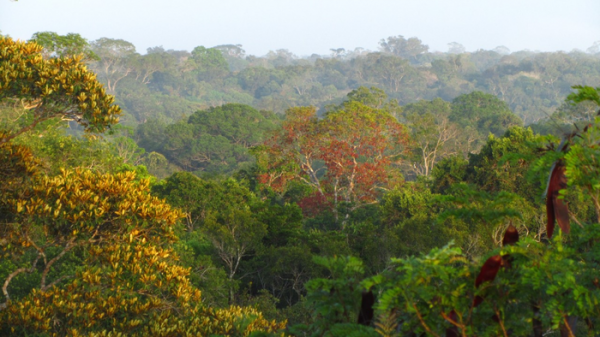For a long time, ecologists assumed tree rings to be absent in tropical trees because of a lack of temperature and rain fluctuations in the trees' environment. But in recent decades, the formation of growth rings has been proven for hundreds of tropical tree species, which are sensitive to drought and usually experience at least a month or two of slightly reduced rainfall every year.
When scientists better understand how tropical trees respond to unusually dry and warm conditions, they can better predict how these trees will be affected by climate change.
A new study, co-authored by University of Arizona researchers and published in Nature Geoscience, has found that tropical trees' trunk growth is reduced in years when the dry season is drier and warmer than normal. The study defines the tropics in a way that also includes the subtropics – or anything between 30 degrees north latitude and 30 degrees south latitude.
The researchers also found that the effect of drier and warmer years is more dramatic in more arid or warm regions in the tropics. This suggests that climate change may increase the sensitivity of tropical trees to climatic fluctuations. Temperatures at the study sites are expected to increase by half a degree Celsius per decade in the future.
Read more at: University of Arizona
The Caxiuanã National Forest - one of the study's tree ring collection sites - at sunrise. The photo was taken atop of a tall tower to measure the weather and the flux of carbon dioxide going through the forest. (Photo Credit: Peter Groenendijk)


